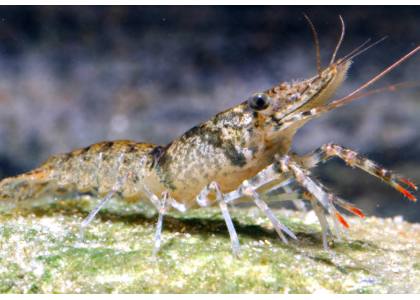Sodium Humate as feed ingredients/additives/supplements
Sodium humate application in aquaculture/aquatic farming

The quality of water is an important part of the success of aquaculture. This is the reason for raising water first. In recent years, with the development of aquaculture technology, in order to increase the yield per unit area, high-density culture technology has been widely adopted.
As a result, the feed per unit area will be greatly increased, because the feed rate is not very high, and the remaining high protein After the feed sinks to the bottom, it will ferment H2S, ammonia nitrogen, and toxic and harmful substances such as nitrous acid, and also increase the content of organic matter in the water.
The presence of these substances will seriously affect the growth of fish or shrimp, and the mortality rate. Will improve. Lighter production cuts, the heavy ones are completely annihilated, and the particles are not harvested.
Antibacterial and anti-inflammatory effects of sodium humate application in aquaculture.
Humic acid can promote corticosteroids and increase the capillary permeability caused by amines by activating the pituitary-adrenal system.
Sodium humate is a polymer complex and contains alkaloids, so it has strong adsorption capacity for intestinal inflammatory substances and toxic substances, and has astringent effect on intestinal mucosa of cultured animals to prevent gastroenteritis.
Under the action of various enzymes, the active group in the sodium humate molecule can decompose more nascent oxygen and exhibit bactericidal action.
Antiviral effect of sodium humate
Unlike humic acid, sodium humate is not only non-toxic but also detoxifying. It has detoxification effects on heavy metals and strychnine, and can degrade harmful toxins in water.
Sodium humate application fully decomposes various complex molecular nutrients in the feed and performs good organic combination, increases gastrointestinal function, and promotes protein assimilation.
Sodium humate increases the permeability of animal cell membranes and protoplasts, and increases the interstitial water volume and cell water content of muscle cells, and the phenomenon of animal hairiness is tender.
The adsorption of sodium humate makes the feed nutrient slower through the intestine, enhances the absorption and digestion time, and improves the absorption rate of nutrients.
Sodium humate makes full use of the non-protein amide in the feed, and the feed protein is converted to muscle protein at a higher level, which exerts the potential of lean meat growth and increases the proportion of lean meat, while the humic acid molecules remaining in the intestinal tract can also be absorbed. The ammonia in the feces not only reduces the odor of the feces, but also increases the fertilizer efficiency by absorbing ammonia.



